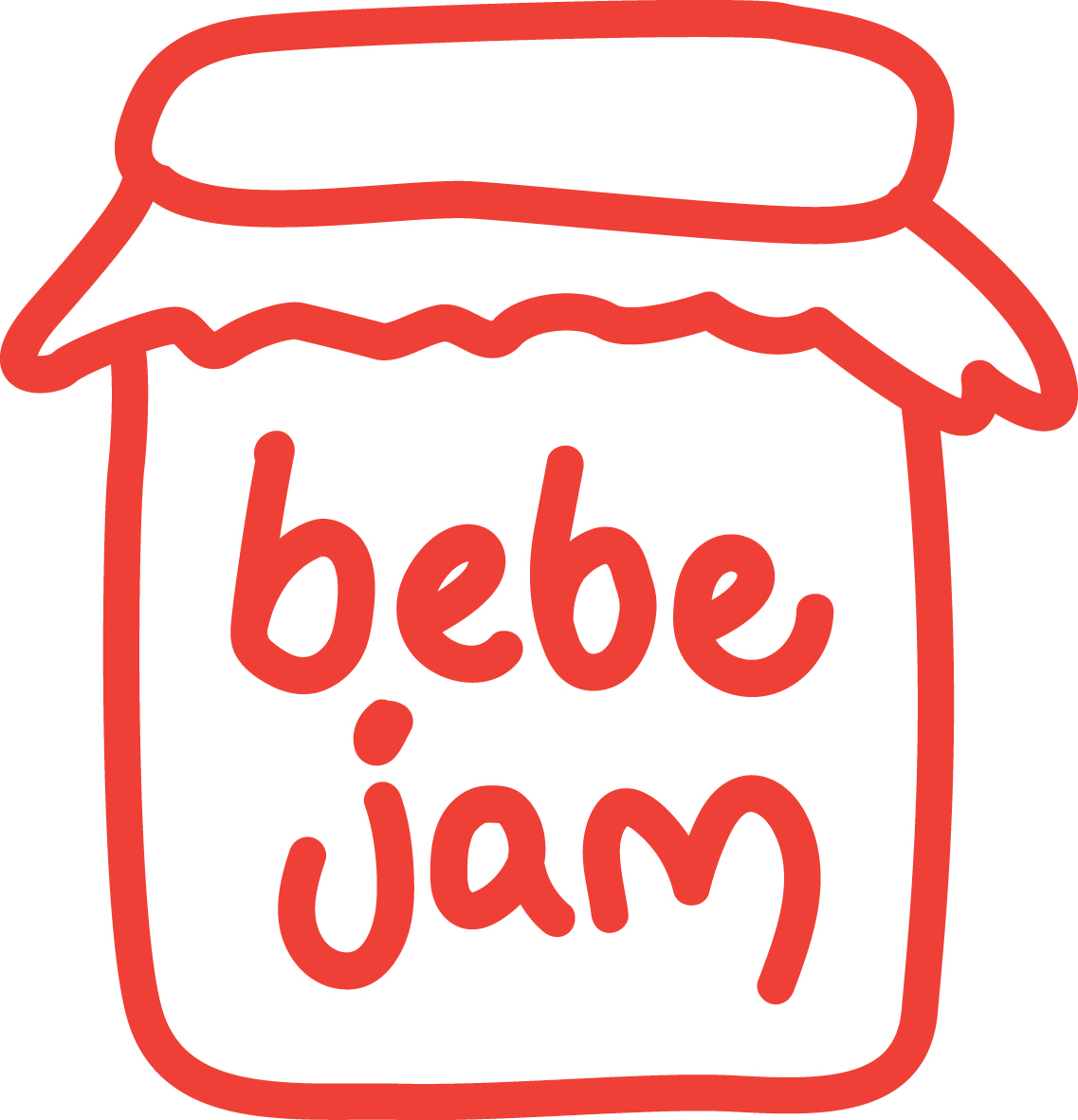Salary or Drawings – What’s Best?
As a company owner, should you pay yourself a salary or drawings? That’s a very common question we’re asked and like most tax questions, the answer is not cut and dried.
There are pros and cons to both approaches. We take a look at them in detail below.
Salaries (PAYE)
If you take a salary, you’ll account for pay-as-you-go (PAYE) tax throughout the year. That means that if your salary is your only source of income, your personal tax obligations should always be up to date.
PAYE is paid to the IRD on a monthly basis and so this can be easier on your cashflow with smaller, more regular payments. Bear in mind that late filing or being unable to pay may mean penalties and interest.
You will have a confirmed income for ACC purposes so that in the event of an accident, your income is certain.
You will have a regular income which can make it easier if you are trying to raise a mortgage or a personal loan with a bank.
Any Kiwisaver contributions will be paid monthly along with your PAYE obligations.
You should be aware though that you may end up paying more tax than you might otherwise if the company is making a loss. This is common in the first year of trading. In other words, the amount of tax paid for both the company and the individual overall is higher than it should be.
Remember that a company is a separate legal entity to you and so even if you are the majority shareholder and a director, you will still need to sign an individual employment agreement by law. So as bizarre as it sounds, you should to write to yourself with an individual employment agreement in order to employ yourself.
Drawings
Another method is to pay a shareholder salary at the end of the year. The key advantage of this method is that you can be assured that you are minimising your overall tax liability for both the company and you as an individual.
This is a great method if you are very disciplined and can put aside tax for the three provisional tax payments you’ll need to make across the year. That means that you are paying tax less often than if you were on PAYE.
Provisional taxpayers do need to be disciplined. If you are not good at saving, or are tempted to use tax money on other things, you may not have the money available when the provisional tax payment is due. Even if you are a thrifty kiwi, you may experience variability in cash flow and find it difficult to budget for the provisional tax payments.
Provisional tax payments by their nature vary from year to year so planning can be difficult.
It is difficult to know how much to take in drawings throughout the year. Any money you take out will be a net amount and it’s not until we complete the annual accounts that we will know how much you should have taken to ensure that you have not overdrawn your shareholders current account. Remember that if you overdraw your current account, we need to charge interest as it becomes a fringe benefit.
Any income for ACC purposes is limited to the amount of the drawings paid during the year which may be inadequate to meet your needs. It should be noted that this risk can be mitigated with ACC Cover Plus or Income Protection Insurance. We strongly recommend clients take out personal income protection insurance. Please contact us if you would like some advice and a no obligation referral.
If your drawings figure is much larger than in previous years, it follows that your ACC levies will be larger as well.
PAYE salaries are an expense and appear in the Profit and Loss Account. The more you pay in salaries, the lower your profit.
Drawings are not expenses and don’t impact the company’s profit. They end up in the Balance Sheet and you pay the income tax personally.
One thing you should be aware of is that if you opt for PAYE, it’s an all or nothing approach. You can’t mix and match and chose to pay yourself a non-PAYE salary or bonuses at the same time. Once you are committed to PAYE for a particular income year then you must deduct PAYE – end of discussion.
The whole area of shareholder remuneration is complex and we recommend you contact us for a discussion on what method may be best for you.
One thing we often hear about is how business owners have poured every cent back into their business to build it up to where it is today. Of course, we never hear about those business owners who did just that only to see the business fail. Whichever method your choose, make sure you pay yourself something no matter how small from day one.
We hope you found this blog useful. As always, the commentary is general in application. This is not a substitute for professional advice. If you would like an answer tailored to your specific circumstances, please do not hesitate to get in touch.



